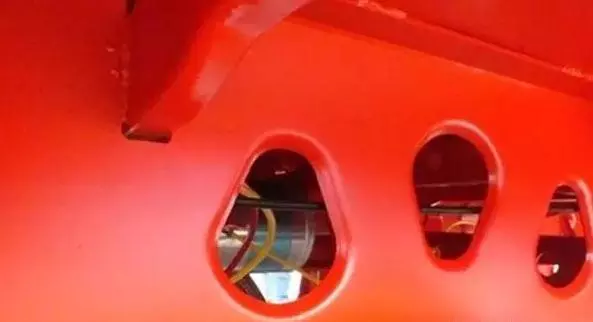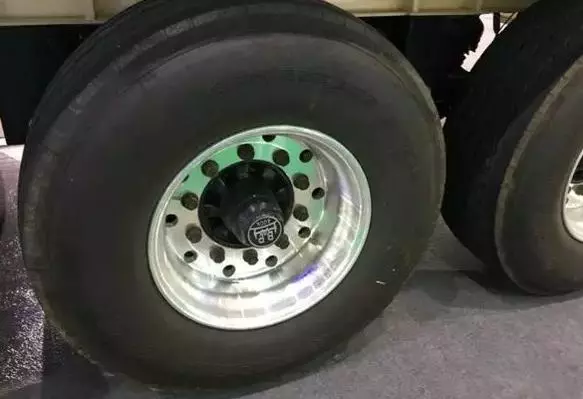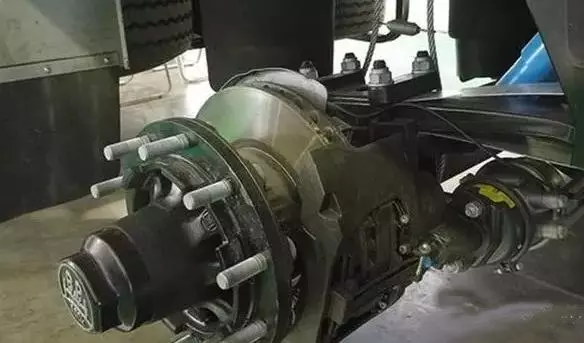Five trends in the development of semi trailers (Part One)
Trend One: Being lightweight and can load more cargo
Currently, the long-distance semitrailers basically load standard cargo because of implementation of punishing overloads and overspeed in China. Under the premise of the same total limit value, Reducing the vehicle's kerb weight has become the most concerned issue for everyone. People pay attention to the lightweight of the semi-trailer once again.

semi trailer manufacturers try many ways to reduce the weight of the semi-trailer. For example, many semi-trailer factories adopt aluminum alloy which is lighter to manufacture semitrailers. Stronger steel is adopted for traditional steel semitrailers to further reduce the weight of the semi-trailer by punching holes on the beam.

In order to reduce the weight, the use of large single tires with aluminum alloy wheels is also a good development trend. Compared with the traditional tow tires, the large single tire can reduce a certain weight and load more goods, improving the operating income of the whole vehicle. At the same time, the large single tire has smaller contact areas and lower resistance with the ground, which make the trailer save fuel.
Trend Two: Being intelligent, the semi-trailer will be more and more intelligent
Intelligentization is a vocabulary that has been mentioned so many times now. The high-tech which is applied on truck tractors is now also applied to semi-trailers. For example, the tire pressure monitoring technology can automatically monitor the tire pressure of the semi-trailer. If the tire pressure is abnormal, the system will notify the driver of the semi-trailer in time to repair the semi-trailer's tires, ensuring safety of transportation and improving efficiency of transportation.

In addition, the Chinese semi-trailer is now equipped with the automatic inflation and deflation system, timely inflating and deflating the tires. Let the tire pressure be always at the normal pressure value, reducing the chance of having a flat tire and increasing the service life of the tire.
It is understood that some German companies have designed brakes with brake disc wear alarm sensors. When the brake disc is worn to the warning position, the sensors can promptly send the information to the driver so as to improve driving safety.
Trend Three: Disc brake airbags will be popularized
The strict implementation of the transport regulations for the rectification and over-limit of the car carrier will make semi-trailer transportation more standardized in the future. Those semi-trailers that are super long and wide will become obsolete in the near future, and the semi-trailers will be more standardized in the future.

Besides external sizes of the semi-trailer, the load capacity and chassis configuration are more standard. From January 1, 2020, three-axis dropside semi-trailers and stake side semi-trailers must be equipped with a disc brake, and the vehicle used to transport dangerous goods must use the disc brake one year in advance according to the new regulation GB7258.
In addition, GB7258 also stipulates that three-axle dropside trailers and stake side trailers must use the airbag suspension in the future. The use of the airbag suspension on the trailer can make the vehicle have better shock absorption. And the axle of the semi-trailer can be improved when the semi-trailer is unloaded, which can reduce the friction between the tire and the ground, reducing the fuel consumption of the vehicle.